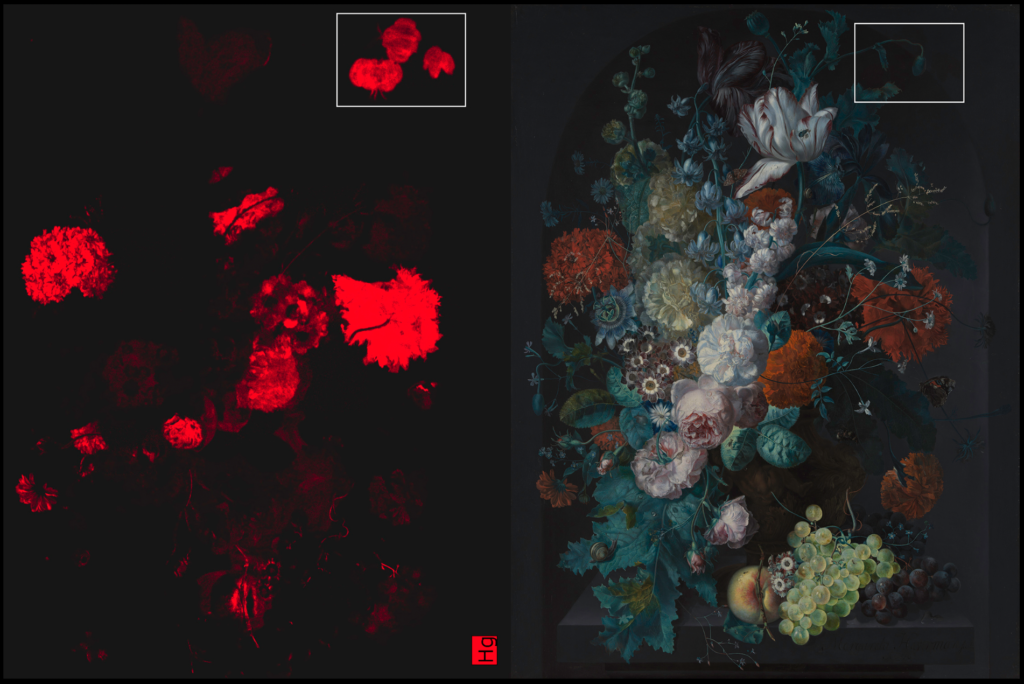Documentation is key to conservation. Any step made to preserve, improve, or rehabilitate a piece of art should make sense, and should ultimately be only an addition, not part of the original. It needs to be reversible, but seamless. That’s only possible with a really thorough understanding of the work of art.
Conservation can be a really intimidating process. Experts make big changes to a piece to make it look like nothing’s changed at all, or that only a very little has ever been added or removed. Part of that means making sure that any and all methods and materials they use are completely reversible. It makes no sense to try to preserve or improve something if it only gets worse. That’s why professionals always need to document exactly what they do and when they do it, so that someone else can understand their process, and (if they need to) undo it.
Conservators take pictures, videos, and detailed notes when they work on anything. This can include the pre-process, such as X-raying a piece to study its lower layers, or the final photos revealing how the painting looks post-restoration.

A Vase of Flowers.
Margareta Haverman. Dutch. 1716.
A large part of those notes come from the assessment phase. Conservators, curators, and other professionals all come together to look over a piece and see what needs to be fixed up to help that piece. These meetings involve checking the condition of the piece. This condition assessment sees what the original condition of the piece is, whether it’s been conserved or restored before, and tries to capture as much of the original as possible through detailed notes, photos, and study.
Assessment is key in not just understanding the piece as it is, and understanding its current history and appearance, it also sets the stage for any treatment. Proposing what kind of tools, techniques, methods, and more to use requires real understanding of the piece. Since all the materials used must be compatible with the original while still being ethical and reversible, having a complete understanding of the piece is crucial to the method of conservation.